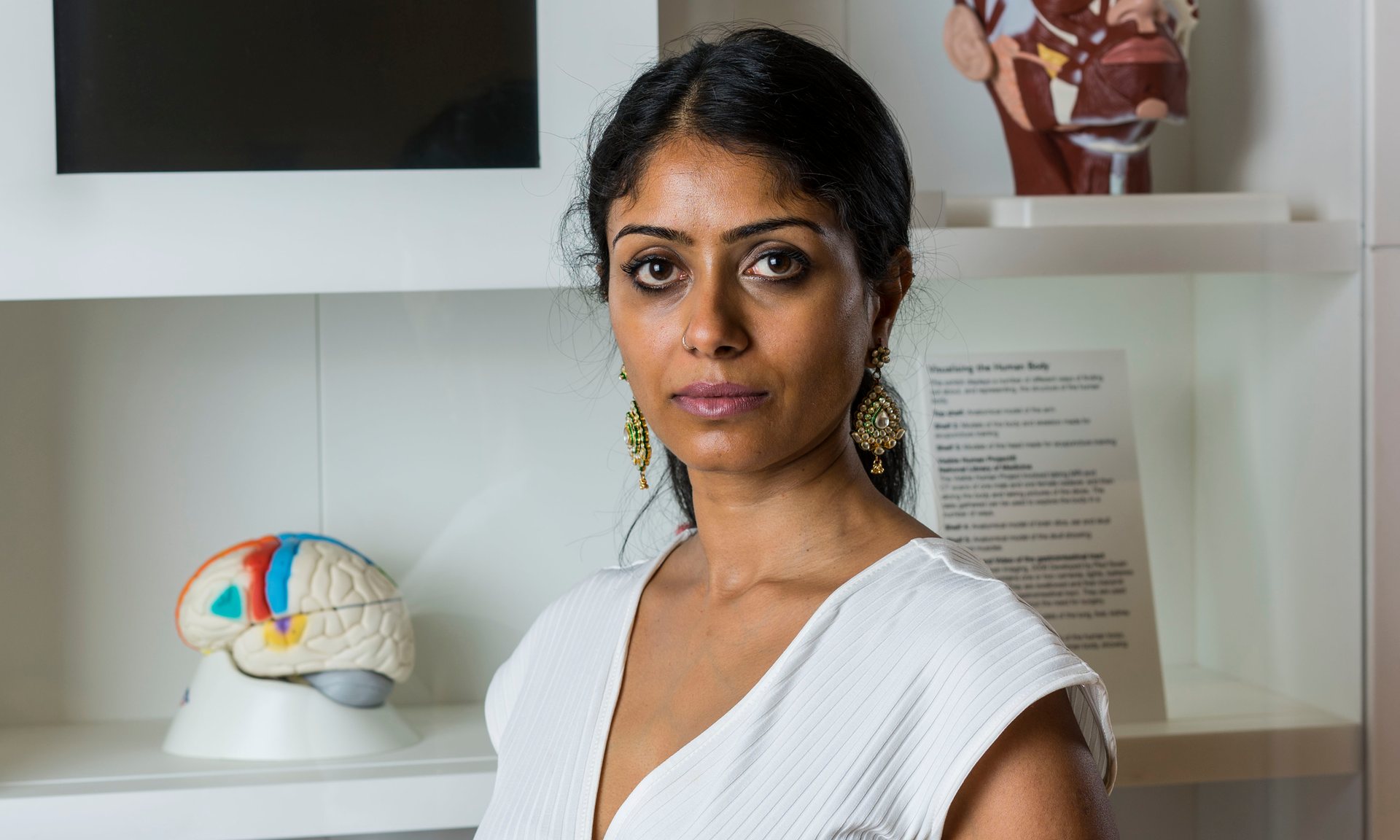
With Ayush,will Indian medicine’s future have traditional-western combination? One expert thinks so
Instigating Ayush in 2014 was one of the more talked about moves in Indian medicine in recent times.
And a significant question that many began asking after it concerned a possible future in which the best of both traditional and western medicine are clubbed for the greater good. The question has divided people with different views. Here, we look at what one expert opines.
Distilling the different treatment methods in India
With a PhD in molecular genetics and a close ancestor in the medical fraternity(a grandfather-the Ayurvedic practitioner) Aarathi Prasad is pretty much cut out for writing a book about the diverse treatment methodologies available in urban and rural India. The book called ‘In the Bonesetter’s Waiting Room: Travels Through Indian Medicine’ came out in May and it also discusses the future of Indian Healthcare.
That last aspect holds particular fascination, given the context of Ayush. Will the future see a clubbing of western medicine and Indian traditional medicine or will these continue to be diverse streams? While Aarathi seems to side with the former idea, some of her views give insights about the thought process which led to that view-perhaps something which many medical practitioners and researchers may agree with.
How Ayurveda keeps itself relevant
Aarathi mentions her grandfather-her mother’s father who practiced Ayurveda during the British era. But once the colonizers left he started working for integrating Indian traditional medicine with the Western variant. The efforts of the likes of her grandfather, obviously haven’t yielded the desired result.
In fact, there exists a deep dissonance between western doctors and Ayurvedic practitioners, as Aarathi mentions. While the former has a mistrust in many of the ancient remedies, the latter may be too puritanical about their practices. Of course, that may well be a generalization but it’s not a non-existent scenario either.
The persistence of Ayurveda-centuries old has two major reasons: the obvious efficacy of many of its remedies, and the deep cultural imprint of Ayurveda in almost all Indian households. On the latter, Aarathi herself mentions how in her younger years, if she were to accidentally cut her finger, it was only normal to apply turmeric.
The future lies in best of both worlds
While acknowledging the friction that exists between practitioners of Western and Eastern medicines, Aarathi nonetheless is of the opinion that the best way forward is to use the best of both worlds.
On this regard, she speaks about how with the effect of a herbal remedy on the body, the responsible chemicals could be identified and extracted-something that leads to regulation and figuring out the right dosage.
She considers the practice of ayurvedic gatherers taking the herbs to a lab where the active ingredients can be discerned akin to a drug discovery process. But one which entails less randomness-after all, there’s a cultural context in which the herbs are already being used.
She points out that while many such traditional practices are based on anecdotes, the anecdotes themselves are forms of evidence.
The possibility of pseudo-research
Every sort of progress is a boulder, a hill, a mountain that slowly rise from the ground. And with every such growth, some amount of shadow is to be expected. The shadow-or the potential danger in the drive for integration is the support for pseudo-scientific research.
One such research that’s usually cited (whether rightly or not) is that of investigating the humours in the body. Aarathi however clears this, saying that ayurgenomics(which is how Ayurvedic research institutes term it) is like the four-humours idea of Hippocrates. While that number is one short in Ayurveda, the core idea remains the same-that diseases arise due to imbalance. In every person, one of the humours will be predominant. The researchers are looking into whether a link exists between these categorizations and the person’s genetic sequences.
Does homeopathy and naturopathy in Ayush affect image of traditional Indian medicine?
An interesting question that Aarathi tackles is that of whether homeopathy and naturopathy in Ayush tarnish the image of traditional Indian medicine. Arathi’s reply is in the assent. According to her, homoeopathy and naturopathy both should be dropped from Ayush. Sticking to professionalized systems backed with evidence and logic seems to her the more prudent way.
While opinions are forthcoming from different corners, the picture still remains unclear as to what the government’s plan is to bring about an integration. Frictions from practitioners of the different systems aside, there seems to be possibilities-potentially immense and perhaps unimaginable. Hope prudence will prevail.
Reference: ‘Aarati Prasad: Indians hedge their bets’(The Observer)
Image credits: The Observer New Review